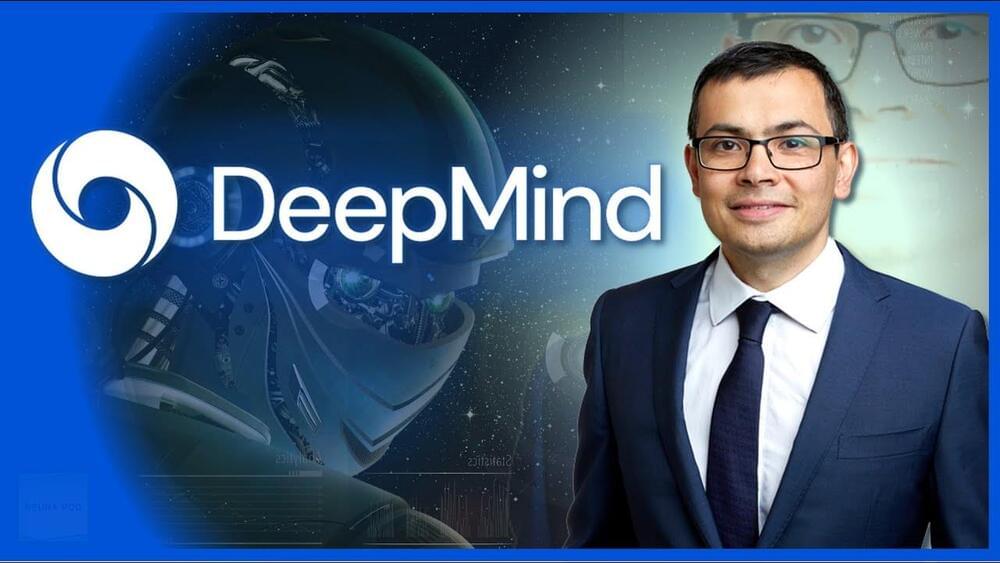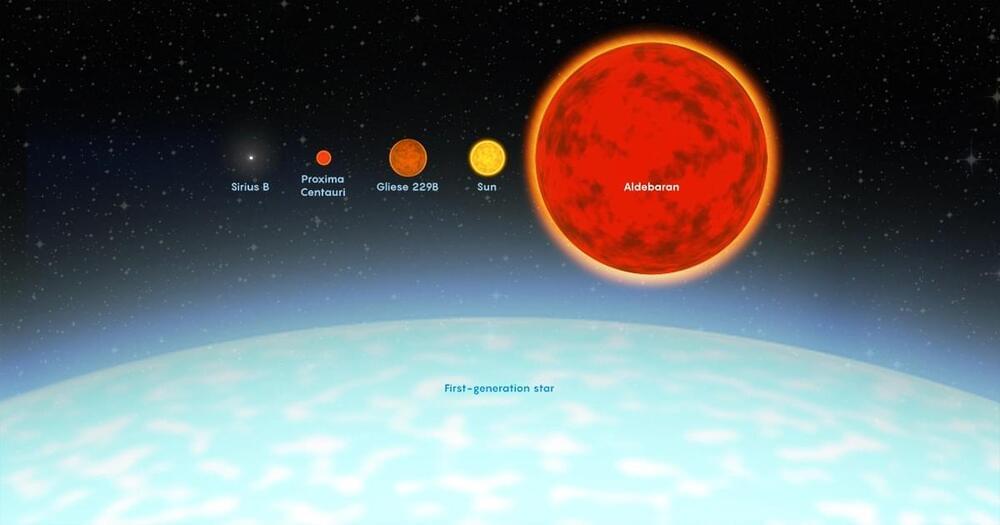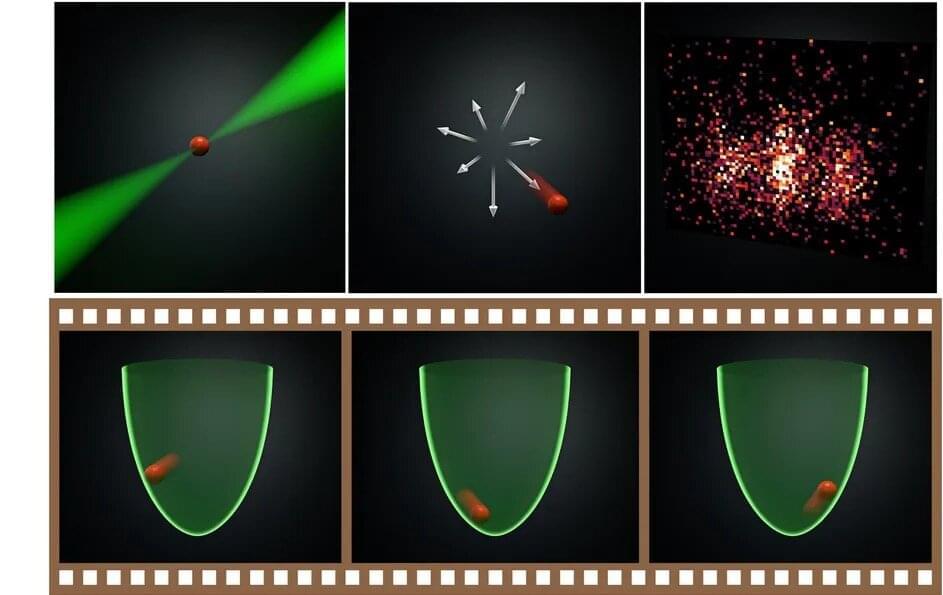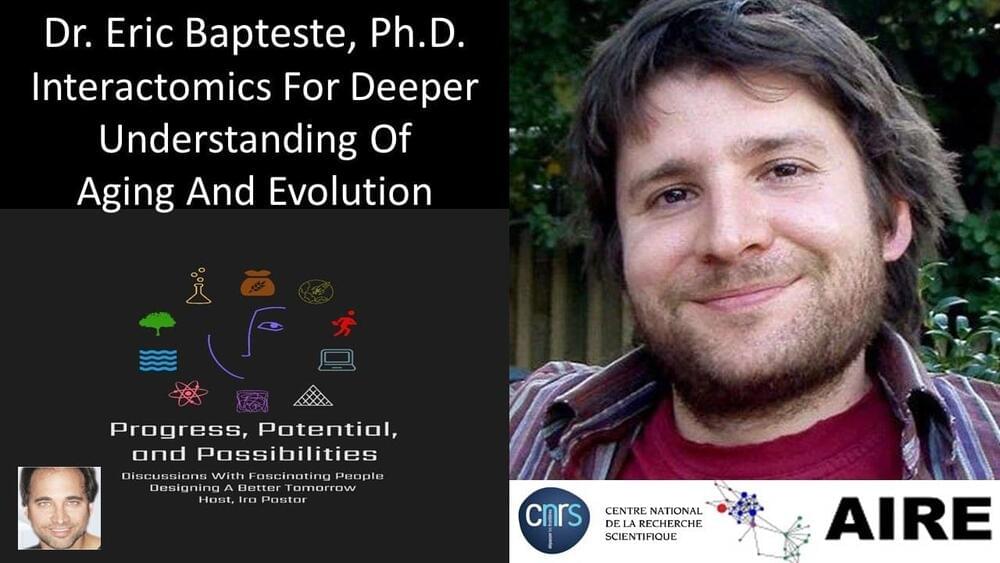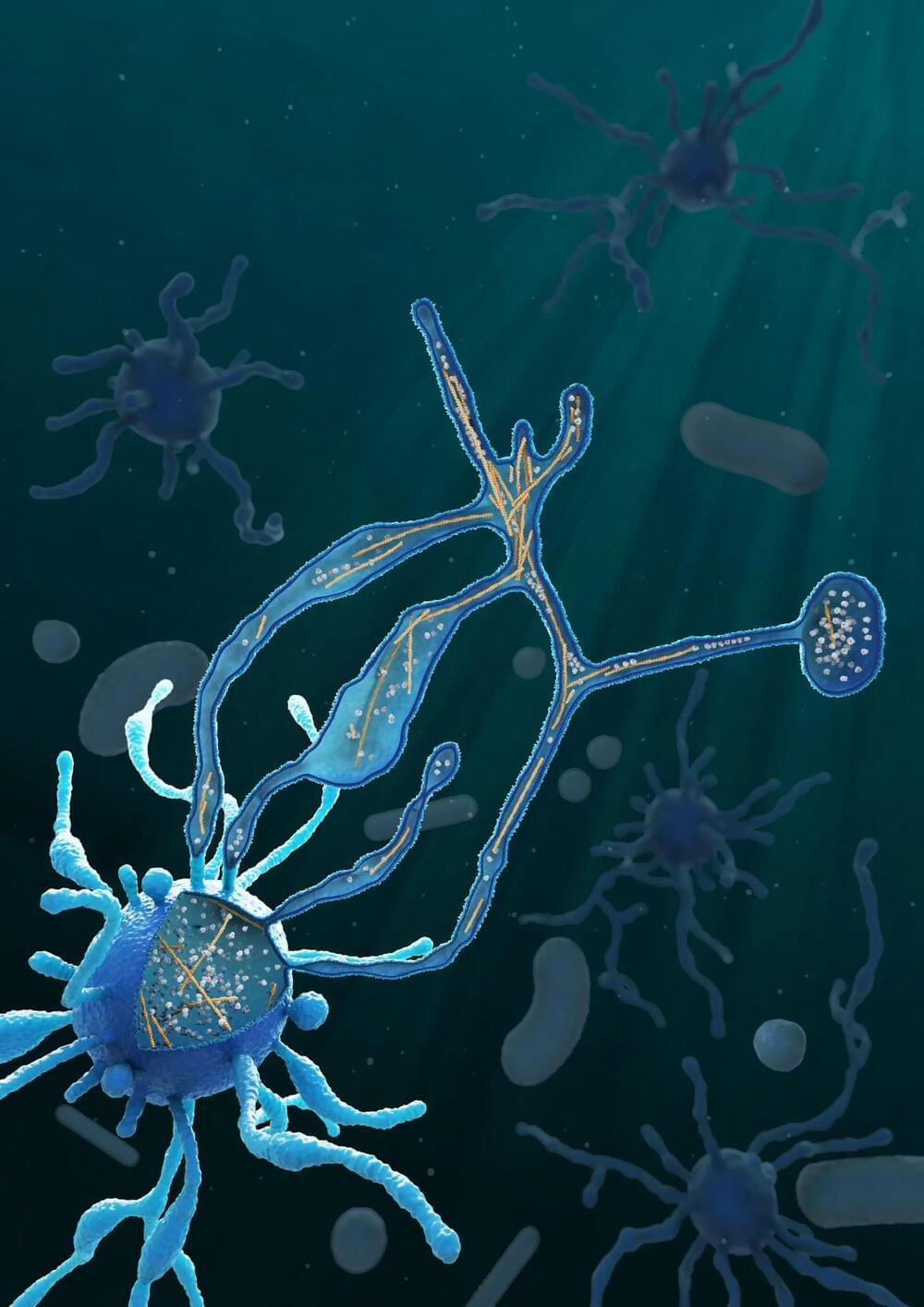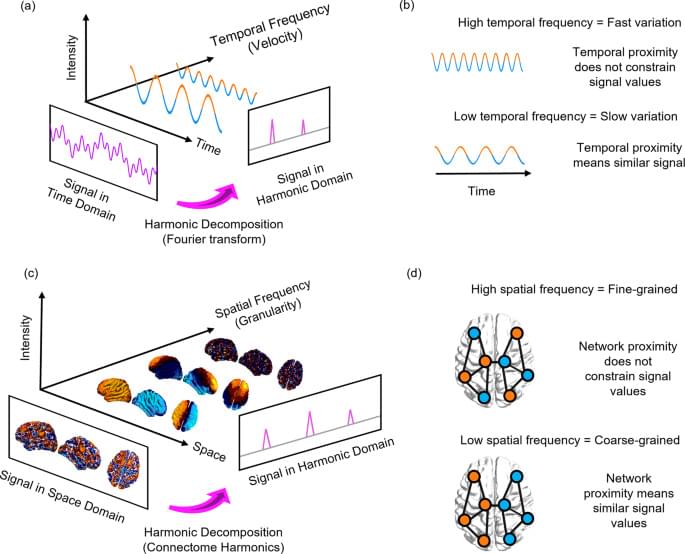00:00 Intro.
03:05 Demis Hassabis: Founder of DeepMind.
14:30 DeepMind: Mission and early years.
19:18 Beating the Atari games.
27:22 Elon Musk: thoughts on DeepMind.
28:42 Elon Musk: AI could destroy humanity.
30:20 AlphaGo.
36:14 AlphaZero.
38:30 MuZero.
40:56 WaveNet.
43:18 AlphaStar.
45:33 AlphaFold.
48:39 Gato, A generalist agent.
50:02 Solving *everything else*
This premium episode is a documentary-style video about the history and importance of Alphabet subsidiary, DeepMind. Demis Hassabis, founder, was a chess prodigy by the time he was 13 years old. He went on to conclude he wanted to “solve intelligence” by building artificial intelligence agents and using digital tools. The team at DeepMind has created systems that defeated the world’s best chess and Go professionals. They’ve also cracked the code on the infamous ‘protein-folding problem.’ Demis Hassabis and DeepMind are fascinating. Moreover, they’re still just getting started.
Fantastic interview of Demis Hassabis by Lex Fridman: https://youtu.be/Gfr50f6ZBvo.
Neura Pod is a series covering topics related to Neuralink, Inc. Topics such as brain-machine interfaces, brain injuries, and artificial intelligence will be explored. Host Ryan Tanaka synthesizes informationopinions, and conducts interviews to easily learn about Neuralink and its future.
Please consider supporting by joining the channel above, or sharing my other company website with retirees: https://www.reterns.com/. Opinions are our own. Neura Pod receives no compensation from DeepMind or Neuralink and has no affiliation to either company.
Scripted/ edited by: Omar Olivares.
